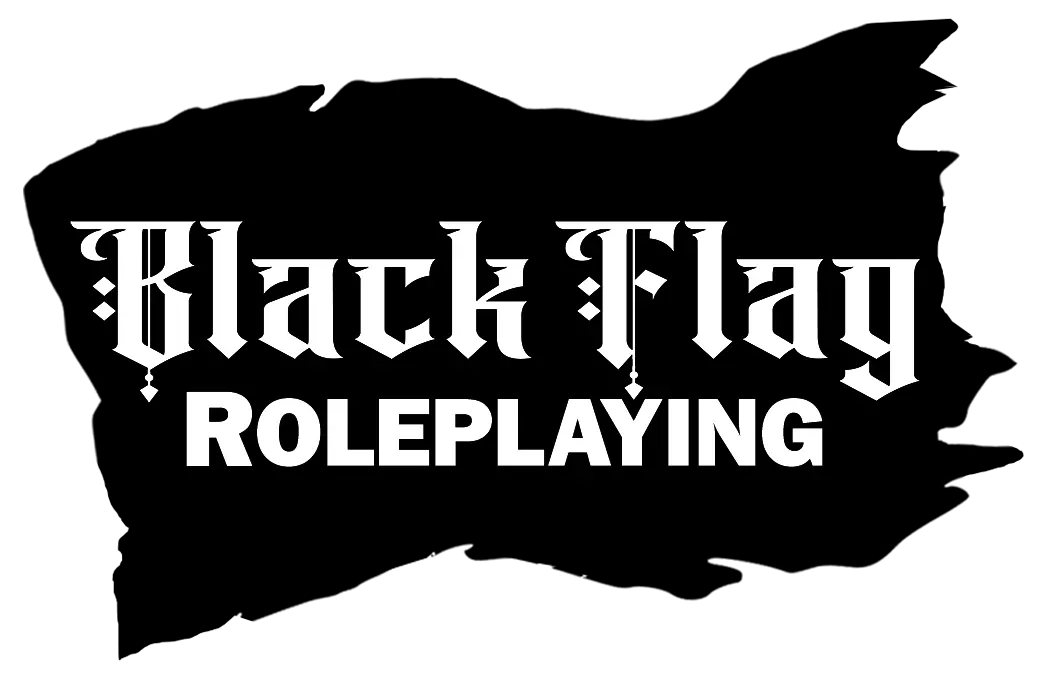Table of Contents
Blinded
- A blinded creature can’t see and automatically fails any ability check that requires sight.
- Attack rolls against a blinded creature have advantage, and a blinded creature’s attack rolls have disadvantage.
Charmed
- A charmed creature can’t attack the charmer or target the charmer with harmful abilities or magical effects.
- The charmer has advantage on any ability check to interact socially with the creature.
Deafened
- A deafened creature can’t hear and automatically fails any ability check that requires hearing.
Exhaustion
Some special abilities and environmental hazards, such as starvation and the long-term effects of freezing or scorching temperatures, can lead to a special condition called exhaustion. Exhaustion is measured in six levels. An effect can give a creature one or more levels of exhaustion, as specified in the effect’s description.
If an already exhausted creature suffers another effect that causes exhaustion, its current level of exhaustion increases by the amount specified in the effect’s description.
A creature suffers the effect of its current level of exhaustion as well as all lower levels. For example, a creature suffering two levels of exhaustion has its speed halved and has disadvantage on ability checks.
An effect that removes exhaustion reduces its level as specified in the effect’s description. All exhaustion effects end if a creature’s exhaustion level is reduced below one.
Finishing a long rest reduces a creature’s exhaustion level by one, provided that the creature has also had some food and drink.
Exhaustion
| Level | Effect |
| 1 | Disadvantage on ability checks |
| 2 | Speed halved |
| 3 | Disadvantage on attack rolls and saves |
| 4 | Hit point maximum halved |
| 5 | Speed reduced to 0 |
| 6 | Death |
Frightened
- A frightened creature has disadvantage on ability checks and attack rolls while the source of its fear is within line of sight.
- The creature can’t willingly move closer to the source of its fear.
Grappled
- A grappled creature’s speed becomes 0, and it can’t benefit from any bonus to its speed.
- The condition ends if the grappler is incapacitated (see the incapacitated condition).
- The condition also ends if an effect removes the grappled creature from the reach of the grappler or grappling effect, such as when a creature is hurled away by the thunderwave spell.
Incapacitated
- An incapacitated creature can’t take actions or reactions.
Invisible
- An invisible creature is impossible to see without the aid of magic or a special sense. A creature with the invisible condition can always attempt to hide and has advantage on DEX (Stealth) checks to do so. The creature’s location can be detected by any noise it makes or any tracks it leaves.
- Attack rolls against an invisible creature have disadvantage, and an invisible creature’s attack rolls have advantage.
Paralyzed
- A paralyzed creature is incapacitated (see the incapacitated condition) and can’t move or speak.
- The creature automatically fails Strength and Dexterity saves.
- Attack rolls against a paralyzed creature have advantage.
- Any attack that hits a paralyzed creature is a critical hit if the attacker is within 5 feet of the creature.
Petrified
- A petrified creature is transformed, along with any nonmagical objects it is wearing or carrying, into a solid inanimate substance (usually stone). Its weight increases by a factor of ten, and it ceases aging.
- The creature is incapacitated (see the incapacitated condition), can’t move or speak, and is unaware of its surroundings.
- Attack rolls against a petrified creature have advantage.
- The creature automatically fails Strength and Dexterity saves.
- The creature has resistance to all damage.
- The creature is immune to poison and disease, although a poison or disease already in its system is suspended, not neutralized.
Poisoned
- A poisoned creature has disadvantage on attack rolls and ability checks.
Prone
- A prone creature’s only movement options are to crawl or to stand up. Standing up costs an amount of movement equal to half the creature’s speed and ends the condition.
- The creature has disadvantage on attack rolls.
- An attack roll against a prone creature has advantage if the attacker is within 5 feet of the creature. Otherwise, the attack roll has disadvantage.
Restrained
- A restrained creature’s speed becomes 0, and it can’t benefit from any bonus to its speed.
- Attack rolls against a restrained creature have advantage, and a restrained creature’s attack rolls have disadvantage.
- The creature has disadvantage on Dexterity saves.
Stunned
- A stunned creature is incapacitated (see the incapacitated condition), can’t move, and can speak only falteringly.
- The creature automatically fails Strength and Dexterity saves.
- Attack rolls against a stunned creature have advantage.
Surprised
- A surprised creature can’t move or take an action on its first turn of combat, and it can’t take a reaction until after its first turn ends.
Unconscious
- An unconscious creature is incapacitated (see the incapacitated condition), can’t move or speak, and is unaware of its surroundings.
- The creature drops whatever it’s holding and falls prone (see the prone condition).
- The creature automatically fails Strength and Dexterity saves.
- Attack rolls against an unconscious creature have advantage.
- Any attack that hits an unconscious creature is a critical hit if the attacker is within 5 feet of the creature.
